1. Gelatin Meat Molds
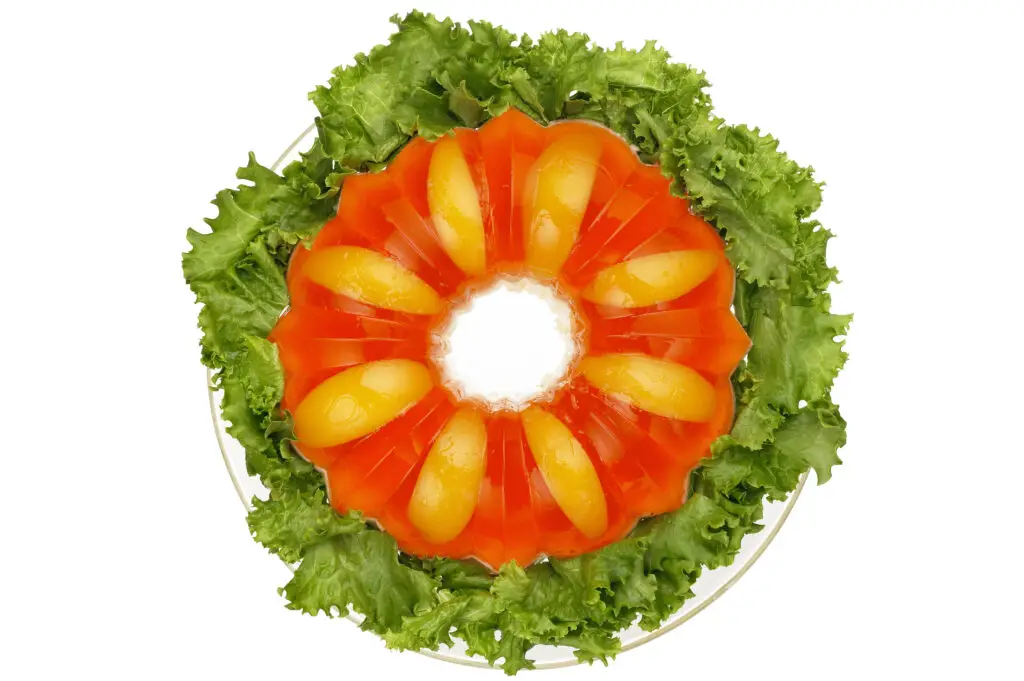
For some reason, the ’70s was the heyday of putting savory foods in gelatin. Imagine a layer of lime Jell-O with shredded chicken, olives, and celery suspended inside. It looked more like a science project than a dish you’d want on your dinner plate. Families would bring these to potlucks, and no one wanted to be the first to cut into it. The idea was that it was “fancy” and colorful. In reality, it was just strange. Most people politely took a slice and hoped the flavor wasn’t as bad as it looked.
Moms insisted it was a “modern” way to serve meat. Cookbooks at the time made gelatin seem versatile, but it was a hard sell. The salty chicken didn’t exactly pair well with the sweet gelatin. It was often more about presentation than taste. Kids would poke at it with their forks, watching the wobbly tower jiggle, and quietly slide it to the side of their plates. If there was one thing from the ’70s people were glad to see fade, it was meat trapped in Jell-O.
2. Hamburger Helper Variations
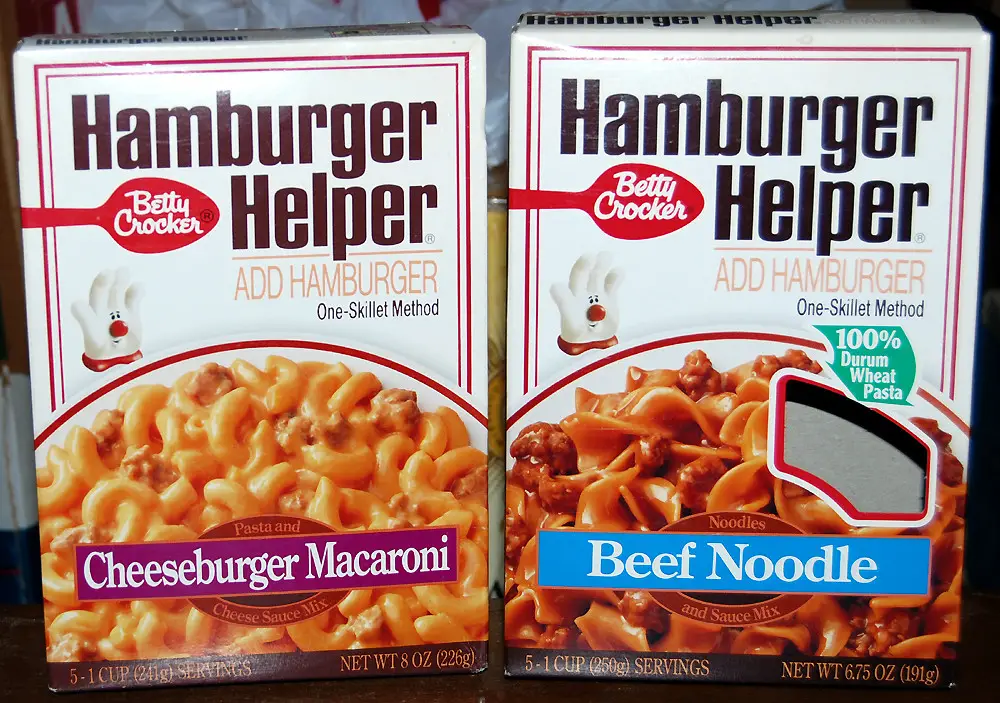
Hamburger Helper was a big deal in the ’70s, but some of the versions created at home were truly questionable. Families added canned vegetables, cottage cheese, or even pineapple to stretch the meal further. The result was a strange combination of salty pasta with random sweet or creamy flavors. It was inexpensive and filled up hungry kids, which is why it stuck around. But many children dreaded the nights when Mom decided to “experiment.”
The box itself promised an easy meal, but add-ons made it unpredictable. Sometimes the result looked more like a casserole than a skillet dish. When cottage cheese melted into the noodles, it created a clumpy mess. Other times, vegetables from cans gave it a soggy texture that no one loved. Still, everyone at the table forced smiles, because in the ’70s, wasting food wasn’t an option. Hamburger Helper was both a blessing and a curse, depending on what landed in the pot.
3. Tuna Noodle Casserole
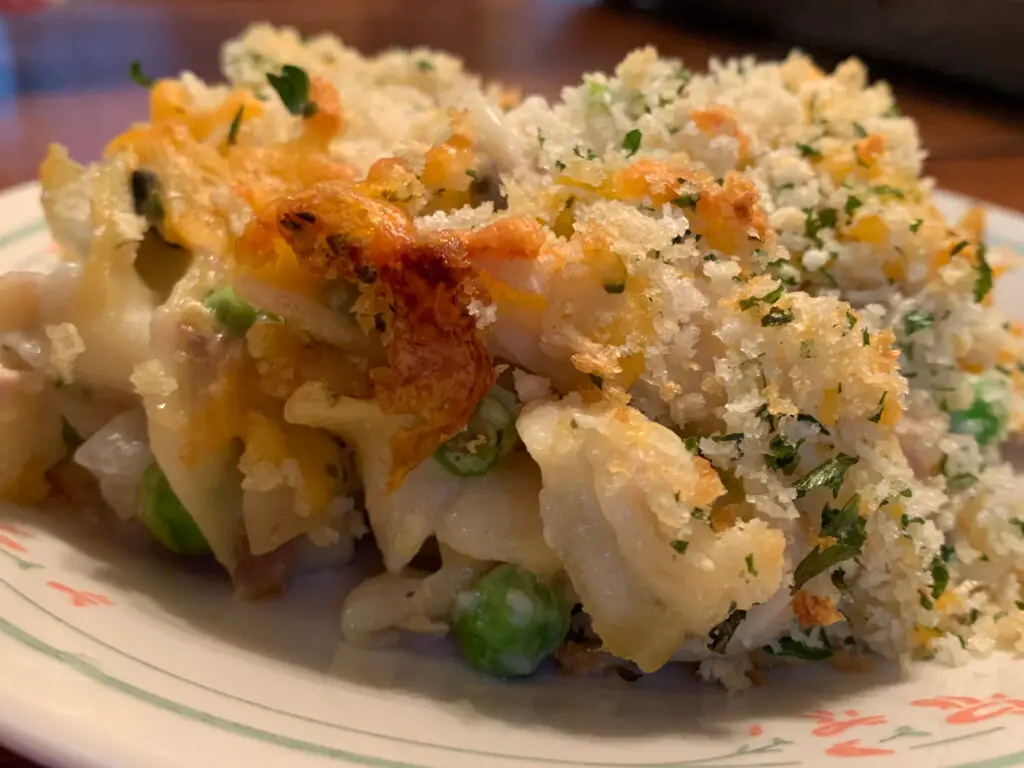
This dish was on nearly every family’s rotation. Made with egg noodles, canned tuna, cream of mushroom soup, and a crunchy topping of potato chips, it was economical but not exactly gourmet. The smell alone could make some people turn away. Yet, it kept appearing on dinner tables because it was easy and cheap. Parents seemed convinced that sprinkling chips on top made it fun.
Kids, however, weren’t always thrilled. The tuna gave off a strong scent, and when combined with the creamy soup, it created a heavy, gooey mixture. The crunchy chips on top quickly turned soggy once baked, leaving the texture questionable at best. Even though families ate it often, few would call it a favorite. Many just powered through it with a glass of milk to wash it down.
4. Hot Dog Casseroles
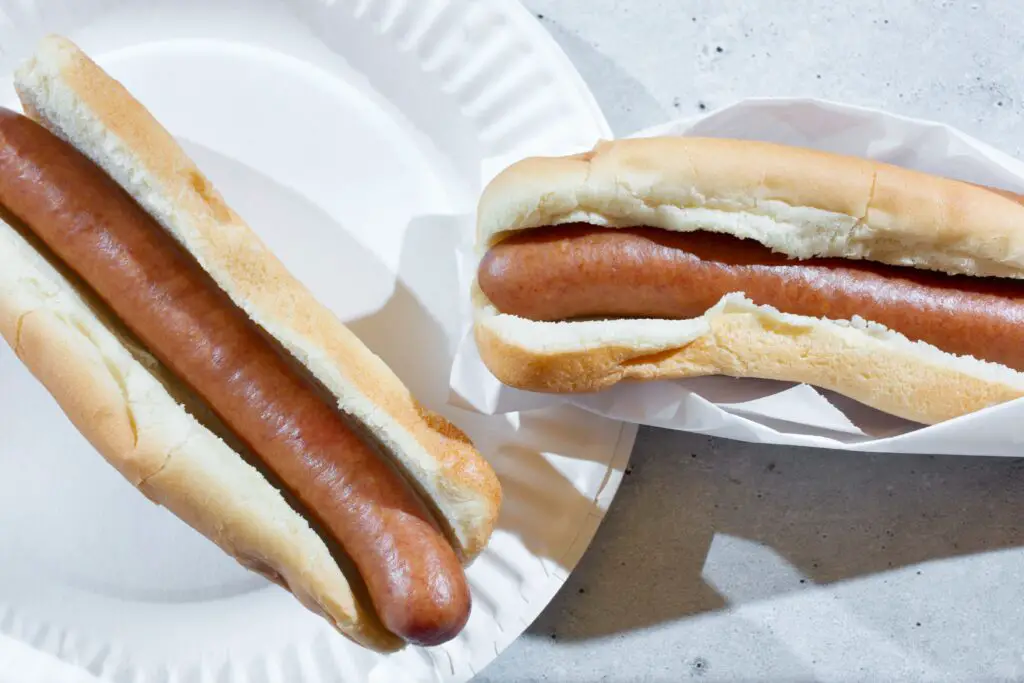
Hot dogs were a staple in the ’70s, but cooks went far beyond serving them in buns. Some recipes called for slicing them up and baking them into casseroles with beans, cheese, or canned chili. The result was a gooey, salty mixture that kids tolerated more than enjoyed. Sometimes they were even paired with mashed potatoes or cornbread for a one-dish meal. It was filling, but it rarely looked appetizing.
Families liked the convenience, and hot dogs were inexpensive. But putting them in the oven often made them rubbery, and the sauces didn’t always help. The idea was to make dinner fun, but most kids secretly wished they could just have the hot dog in a bun. It was a meal that people ate because it was there, not because it was good. Today, it feels more like a quirky relic of mid-century kitchen creativity.
5. Spam and Pineapple Bake
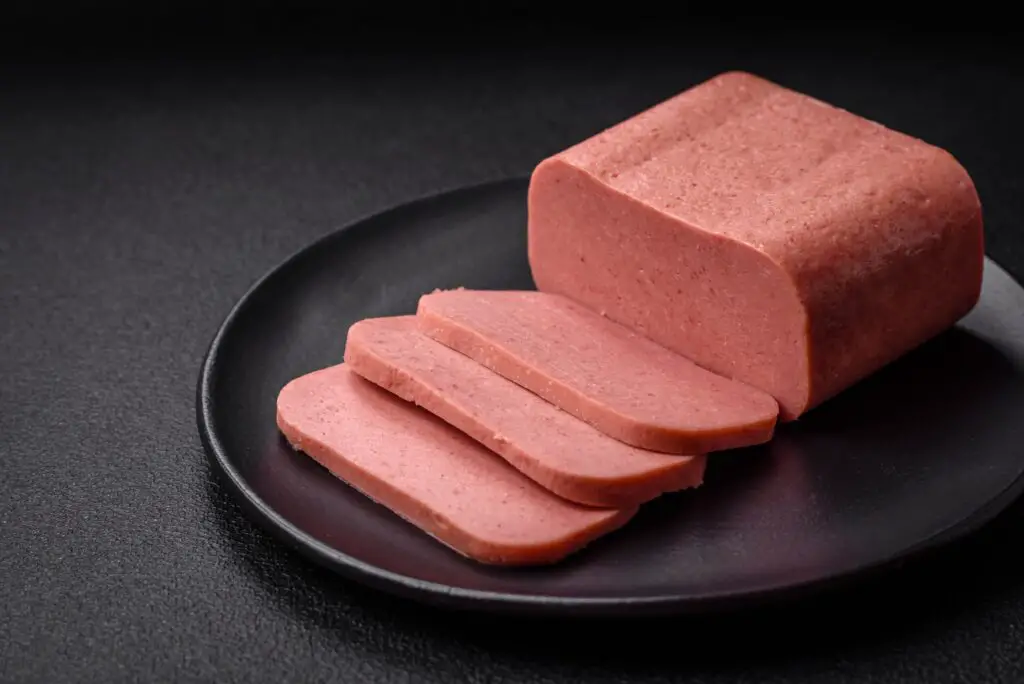
Spam had a major moment in the ’70s, and one of the most “creative” ways to use it was to pair it with pineapple. Slices of Spam were arranged in a baking dish, topped with pineapple rings, and glazed with brown sugar or mustard. It was a strange twist on Hawaiian flavors, and families often served it for dinner parties. The salty meat clashed with the sweet fruit, leaving many wondering what exactly they were eating.
Still, it was considered “exotic” at the time. Using pineapple gave it a tropical flair that made people feel adventurous. For kids, though, it was confusing. Spam was already an acquired taste, and adding fruit didn’t exactly help. Some people secretly scraped the pineapple off before eating, while others drowned the whole thing in ketchup. It was one of those recipes everyone claimed to like, but few truly did.
6. Aspic Salads
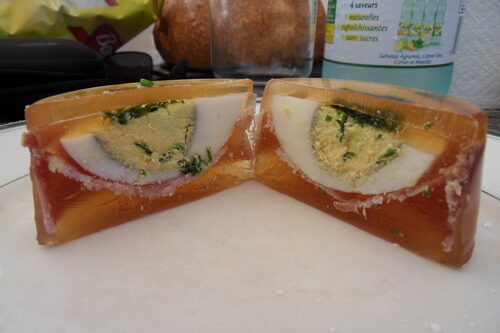
Aspic was the savory cousin of dessert Jell-O, and it was everywhere in the ’70s. Families suspended vegetables, seafood, or even hard-boiled eggs in gelatin flavored with bouillon. The results were decorative but rarely appetizing. A clear dome filled with floating peas and shrimp was more nightmare than dinner. Yet, it was considered elegant and was often served at holiday meals or gatherings.
Most kids stared at it in disbelief, and even adults often just nibbled politely. The texture was slippery and odd, and the flavors didn’t quite match. Aspic salads looked like something from outer space more than something you’d want to eat. They didn’t survive past the ’70s, which says a lot. To this day, people joke about them whenever “retro food” comes up.
7. Bologna Boats
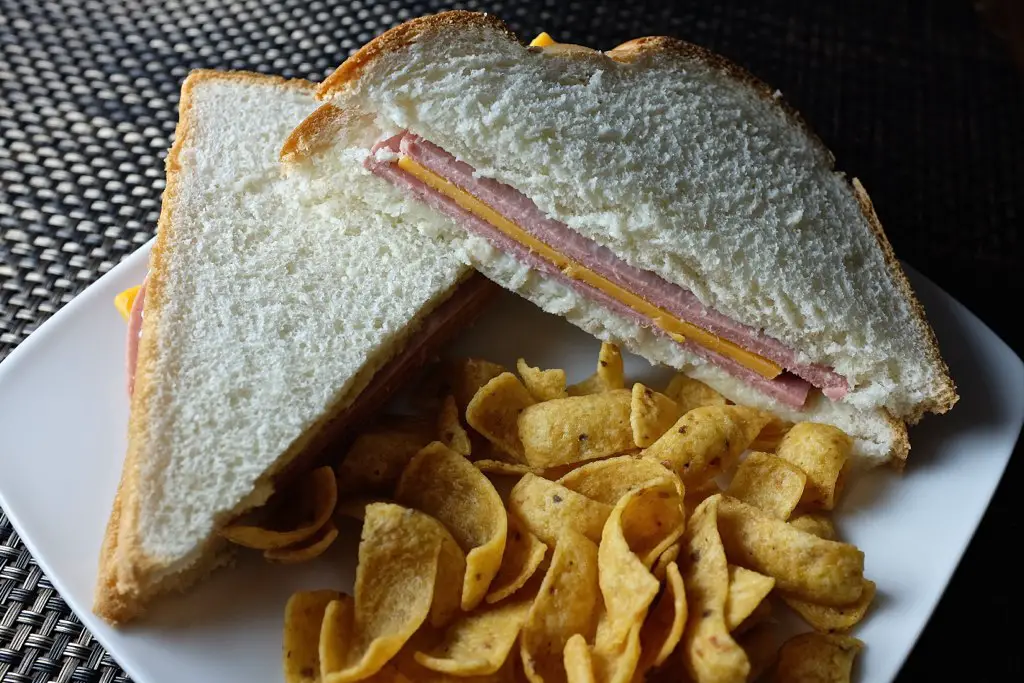
This one was as strange as it sounds. Bologna slices were shaped into little “boats,” filled with mashed potatoes, and topped with melted cheese. It was quick and easy, but the combination wasn’t exactly delicious. Bologna had a strong flavor, and mixing it with starchy potatoes just made it heavy. Still, it became a novelty dish for kids.
The idea was that making food into fun shapes would make children more likely to eat it. While the presentation was amusing, the taste wasn’t always a hit. Bologna didn’t crisp well in the oven, so it often turned tough. Add the mushy potato filling, and you had something more odd than enjoyable. Families ate them because they were cheap, but they rarely went back for seconds.
8. Perfection Salad
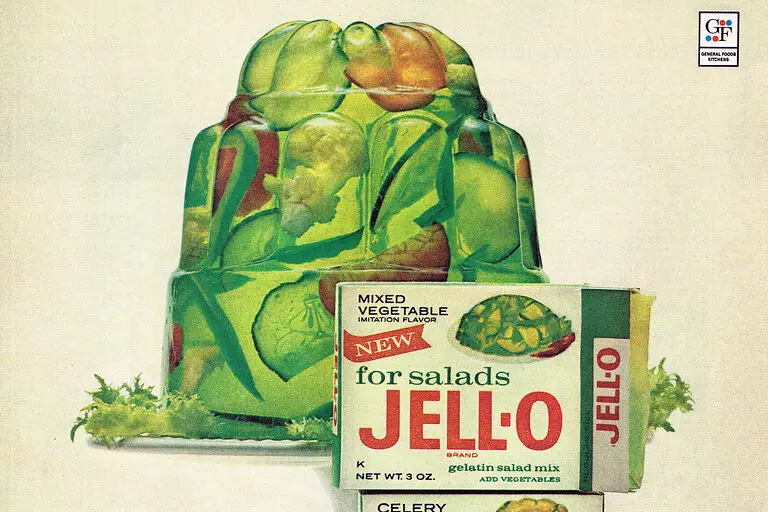
The name was misleading, because this salad was far from perfect. It was made with lemon gelatin, shredded carrots, cabbage, and sometimes even green peppers. It was supposed to be refreshing and crunchy. In reality, it was a weird mix of sweet and savory that confused taste buds. Cookbooks promoted it heavily, calling it light and wholesome.
Moms liked to serve it at luncheons or picnics, and it always got mixed reactions. Some people tolerated it, but kids rarely did. The vegetables suspended in Jell-O gave it an unsettling look. Even though it had a bright color, it wasn’t exactly appetizing. Most people ate a spoonful or two out of politeness and then moved on.
9. Liver and Onions
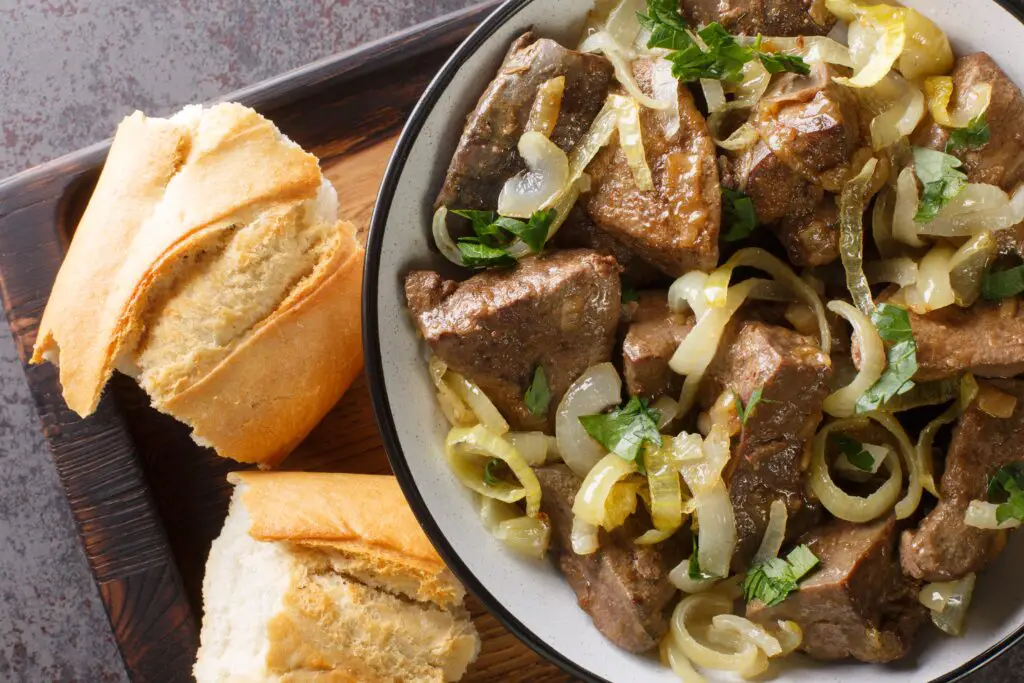
This classic dish was still big in the ’70s, even if no one truly enjoyed it. Liver was inexpensive, and parents believed it was full of nutrients. But the metallic taste was strong, and even with onions, it was tough to mask. Many children dreaded the nights when liver appeared on the table. Families would sit through the meal with forced smiles and plenty of ketchup on hand.
Cooking it correctly was tricky, too. It was easy to overcook, leaving it tough and chewy. Even when prepared well, the flavor wasn’t appealing to everyone. Yet, parents often insisted it was “good for you” and that kids had to finish it. It’s one of those meals people look back on with a shudder. For many, it defined what it meant to pretend to enjoy dinner.
10. Macaroni and Frankfurter Salad
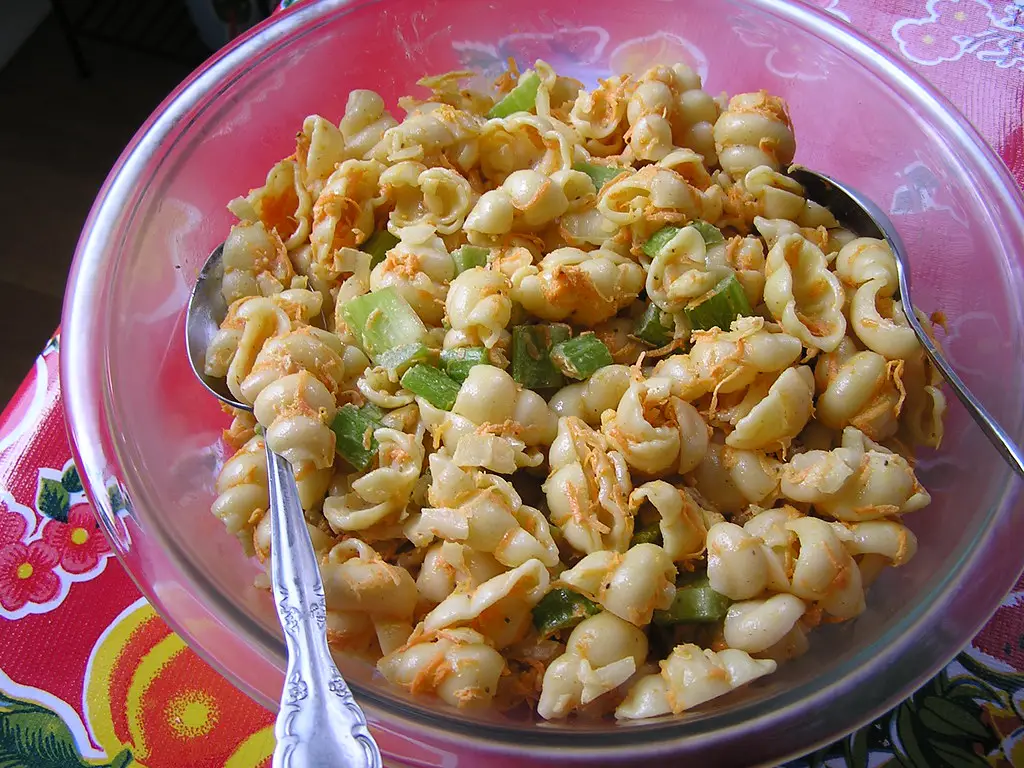
This dish was a strange picnic staple. Cold macaroni was tossed with sliced hot dogs, peas, and mayonnaise. It was like pasta salad gone wrong. While it was filling, the flavors didn’t really blend together. The cold hot dogs were particularly unappealing, making it something kids pushed around their plates.
Still, it was inexpensive and easy to throw together. Many moms thought it was a clever way to stretch a pack of hot dogs. It was colorful enough to look fun at first glance, but the taste didn’t match. People often loaded it with extra mayo just to make it more palatable. Today, it’s one of those recipes people laugh about when flipping through old cookbooks.
11. Salmon Loaf
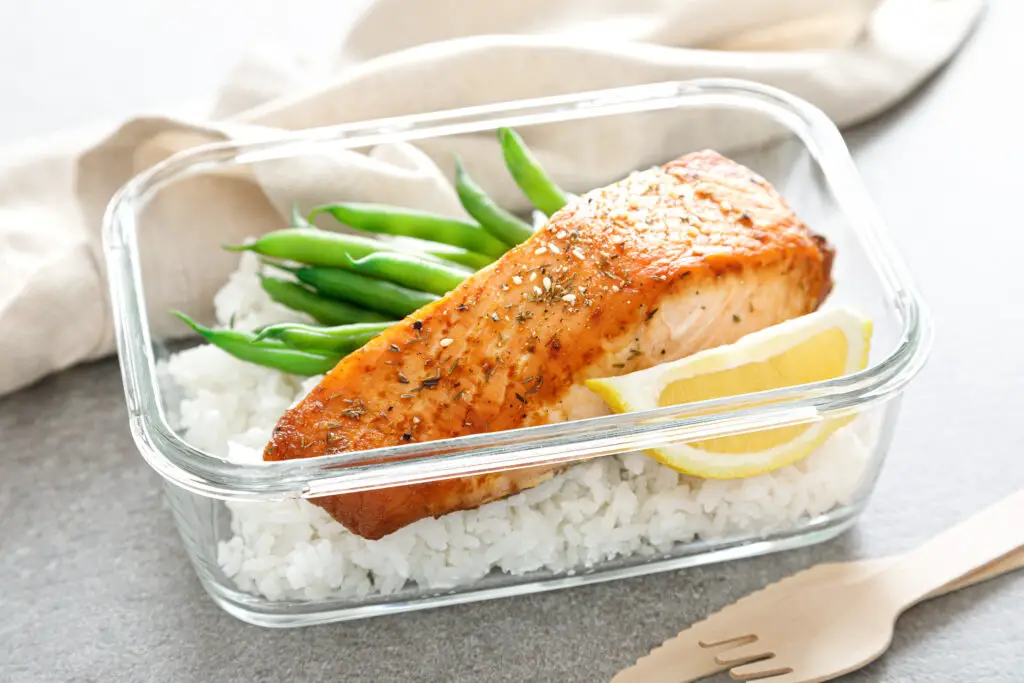
Salmon loaf was a common dinner option in the ’70s, made with canned salmon, bread crumbs, and eggs. It was baked like meatloaf and topped with a creamy sauce. While it was hearty, the fishy smell filled the house quickly. Some families embraced it, but many kids dreaded it. It was supposed to be a healthier option than red meat, but that didn’t mean it was loved.
The loaf had a dense texture that wasn’t very appealing. The sauces, often made from cream of celery soup, didn’t always improve things. Some people added peas or carrots, but it didn’t disguise the strong taste. Families pretended it was fancy, but in reality, it was just economical. Few people look back on it with fondness.
12. Bologna Cake
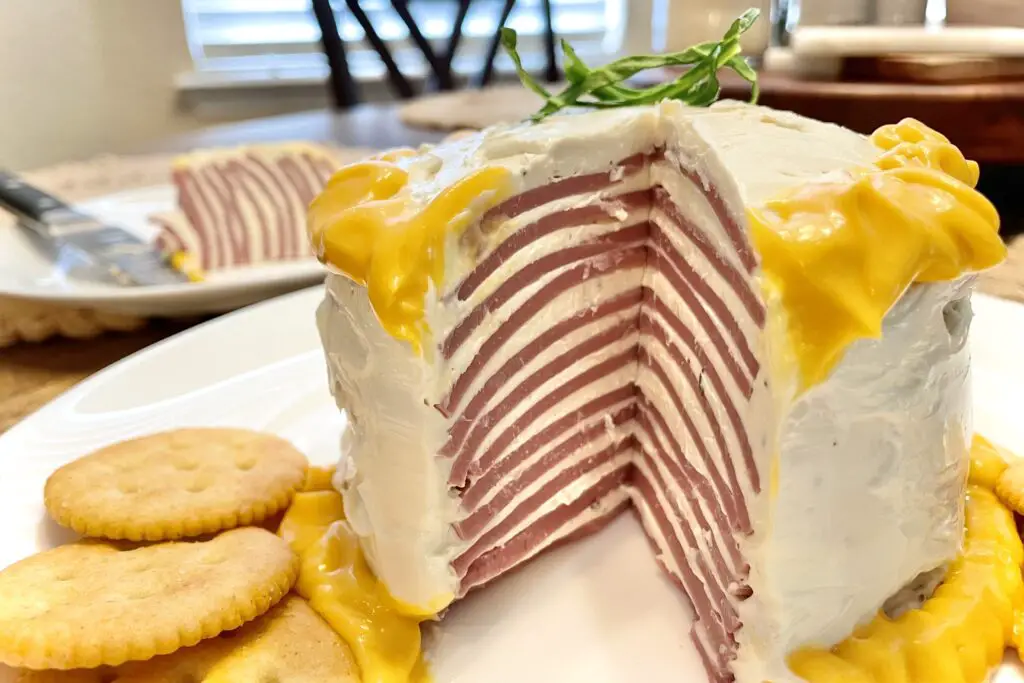
Yes, this was a real thing. Bologna slices were layered with cream cheese, then frosted with more cream cheese to look like a cake. Sometimes it was decorated with olives or green peppers for flair. It was served as a savory appetizer, but most people found it bizarre. Cutting into it revealed layer after layer of cold bologna, which wasn’t exactly appetizing.
Families brought it to gatherings as a conversation starter. The shock value was often greater than the taste. People would take a small piece, smile politely, and quickly move on. It was one of those “party recipes” that proved how experimental the ’70s could be. Looking back, it’s amazing anyone thought this was a good idea.
13. Watergate Salad
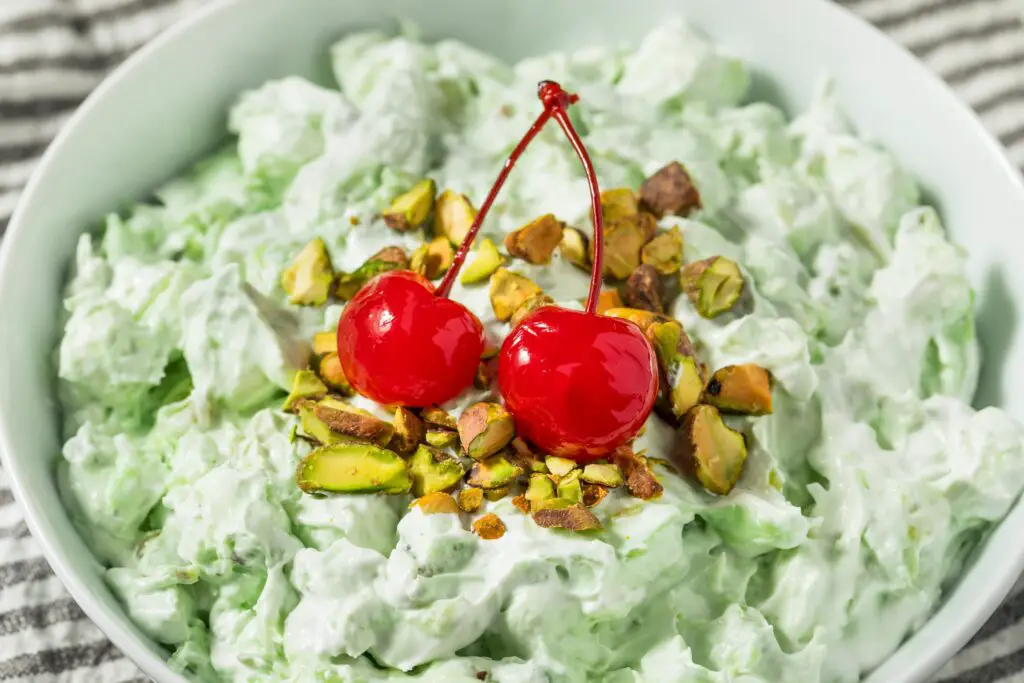
Despite the name, it wasn’t a salad at all. This dish was made with pistachio pudding, canned pineapple, marshmallows, and whipped topping. It was sweet and fluffy, but its neon green color was off-putting to some. It became a potluck staple in the ’70s and lingered for years afterward. Families acted like it was a treat, but many just weren’t fans of the odd texture.
The marshmallows turned gooey, and the pineapple sometimes made it watery. Still, it looked festive and was easy to whip up. Moms loved it for holidays because it required no cooking. Kids might have eaten a little, but it wasn’t the hit dessert parents hoped it would be. It’s one of those retro dishes people remember more for its name than for its flavor.
